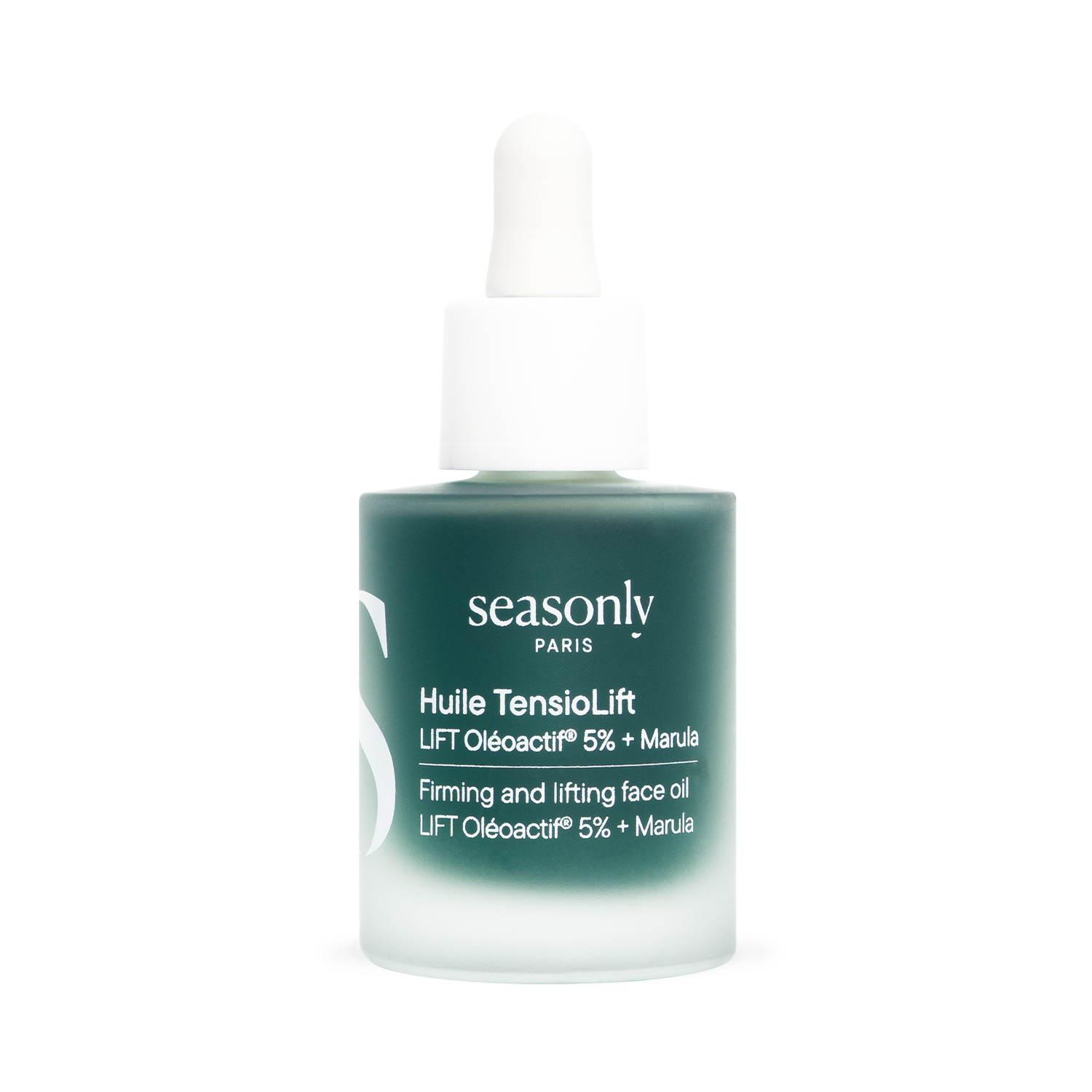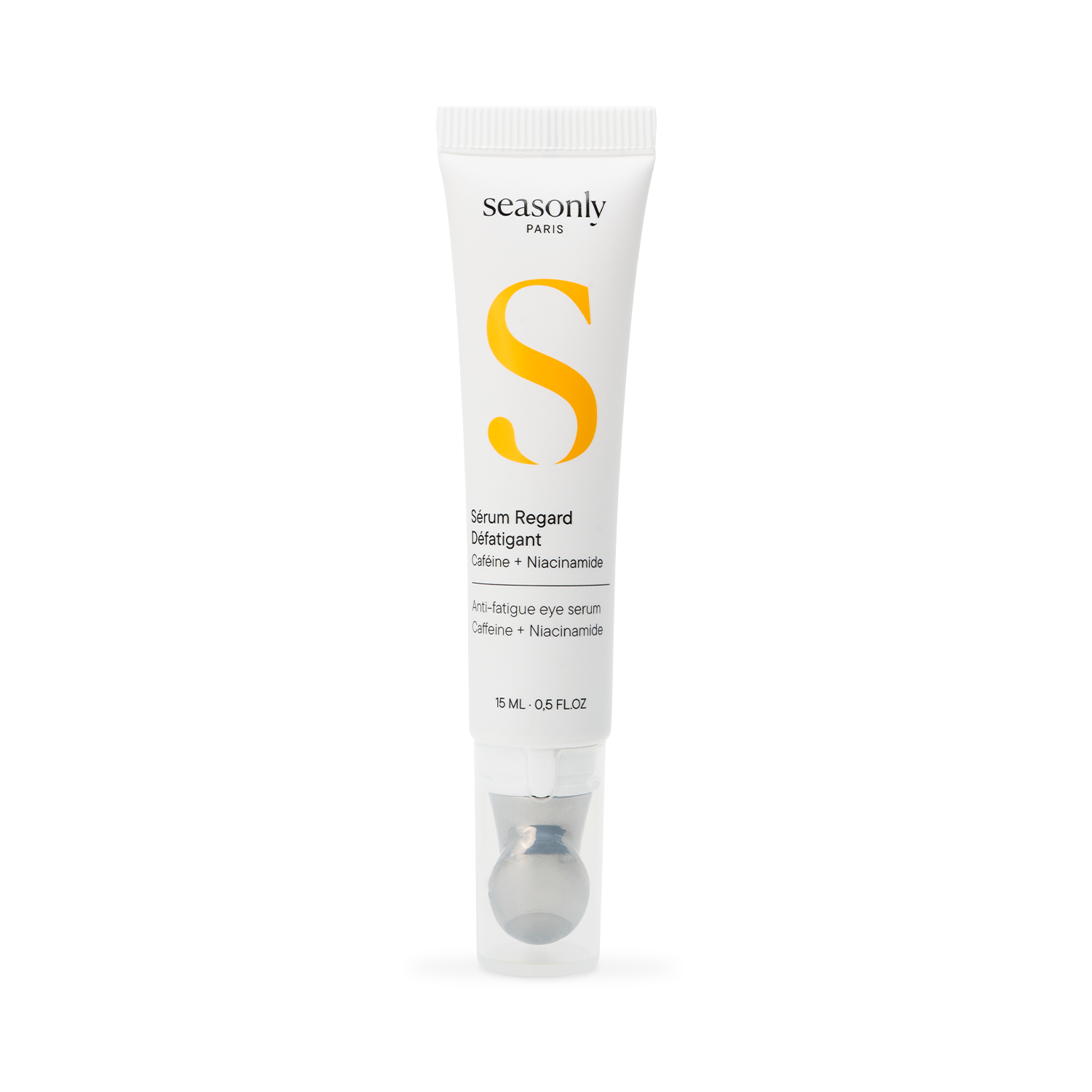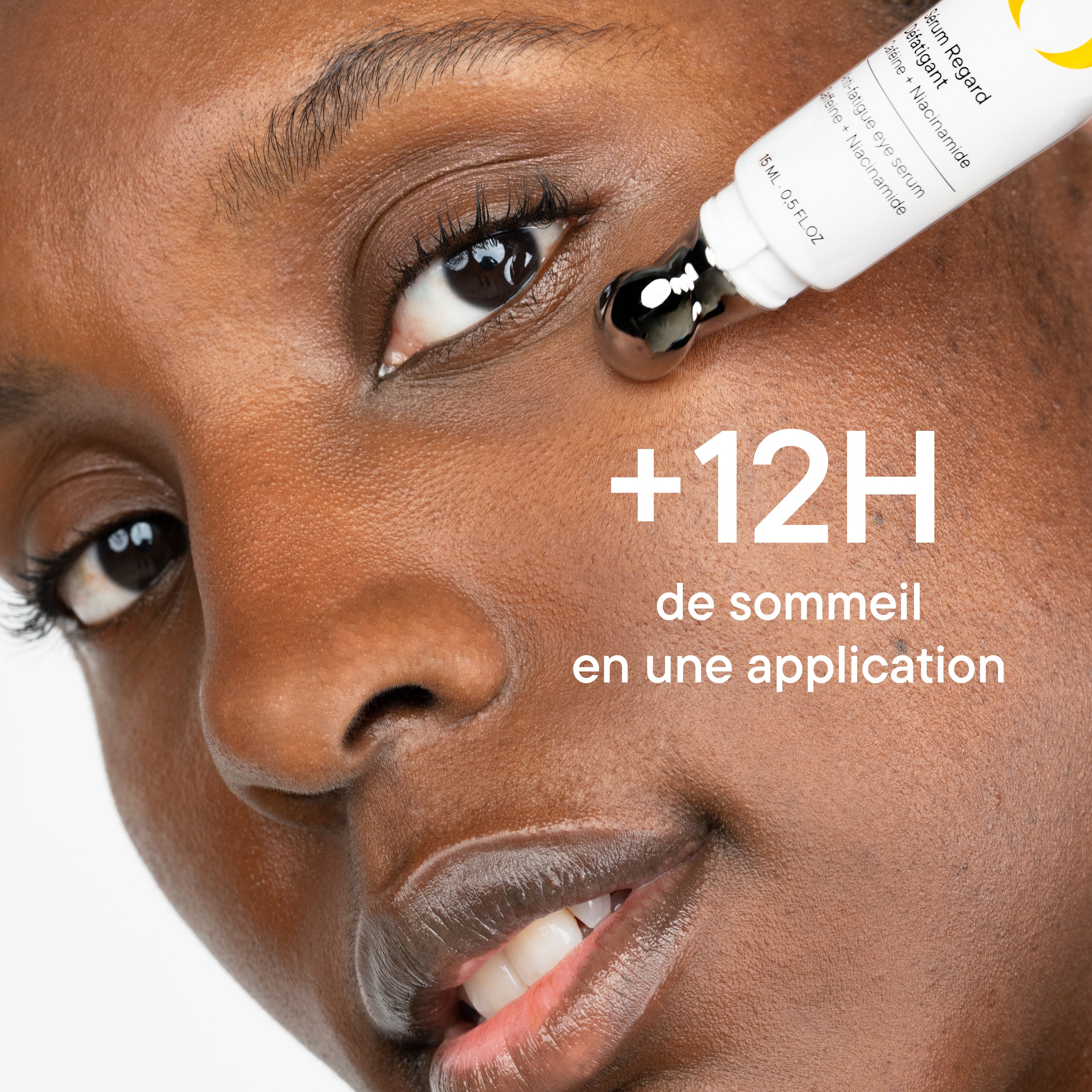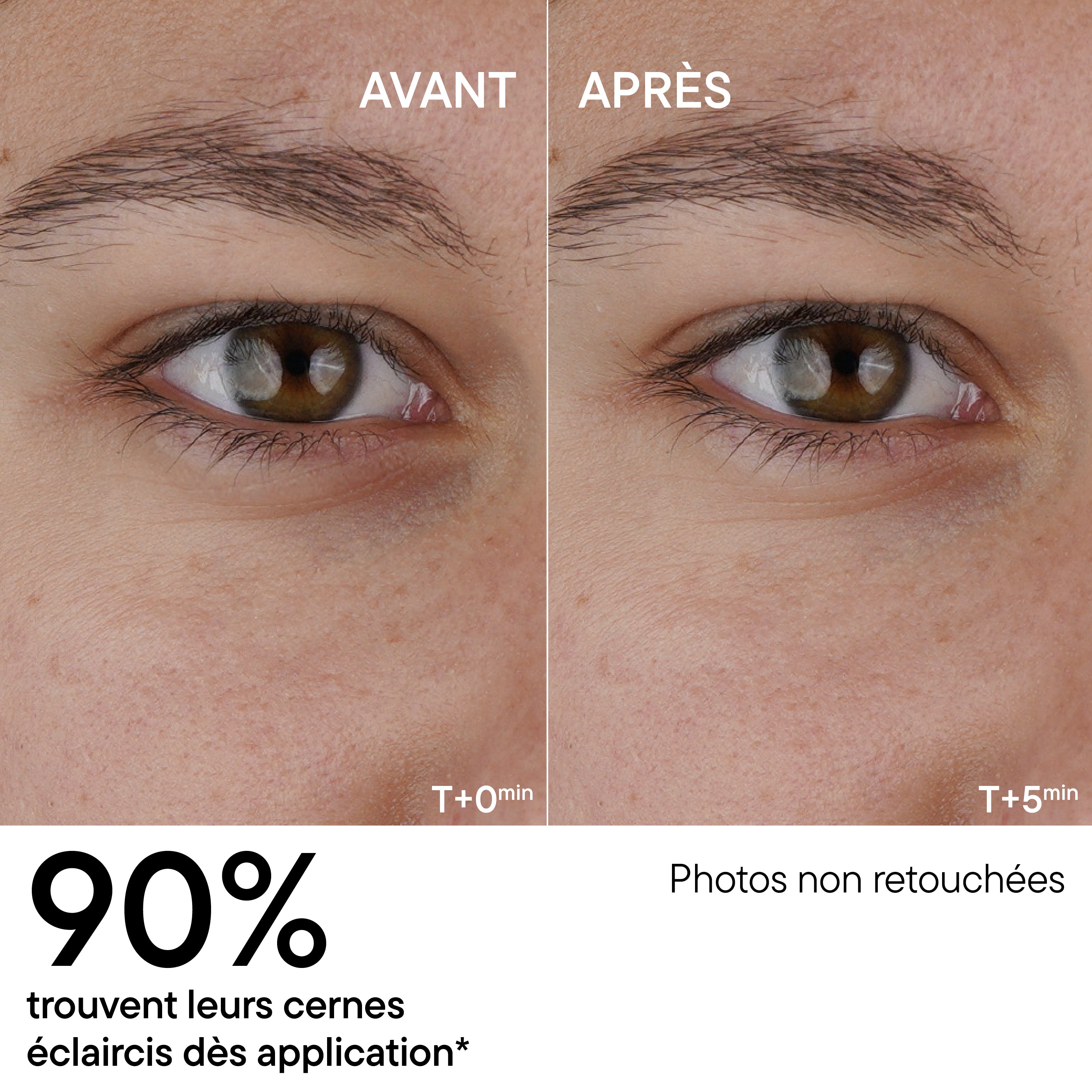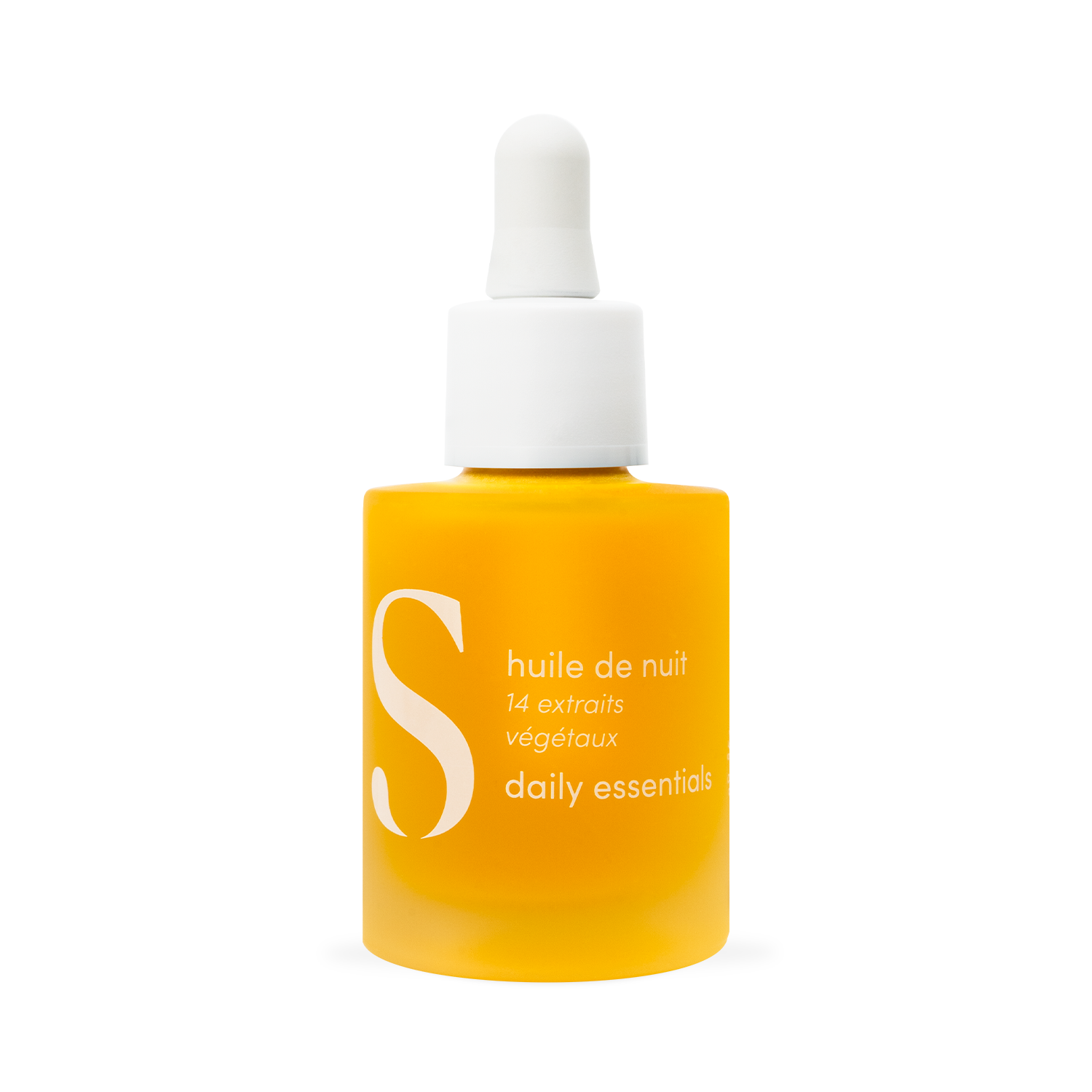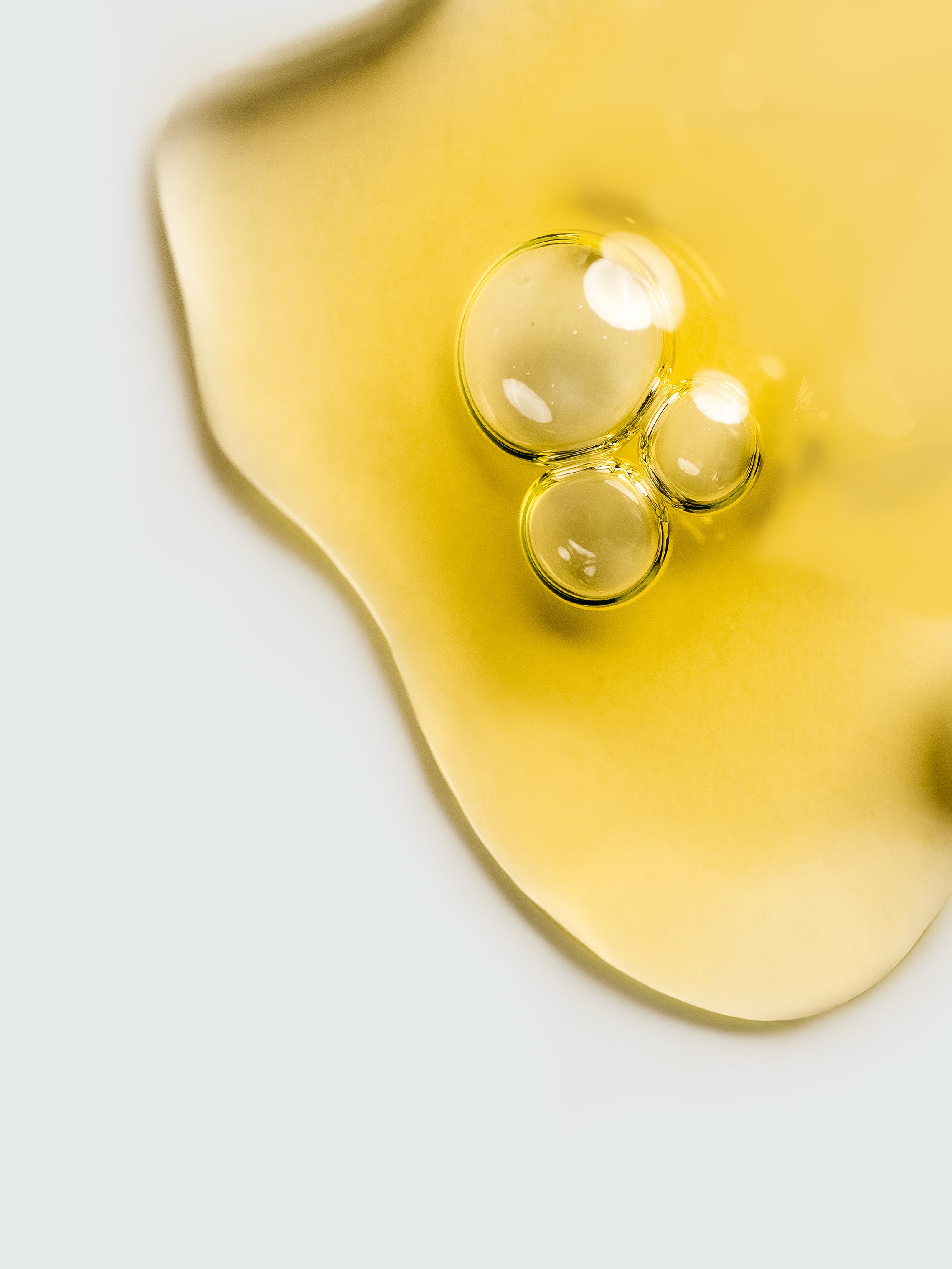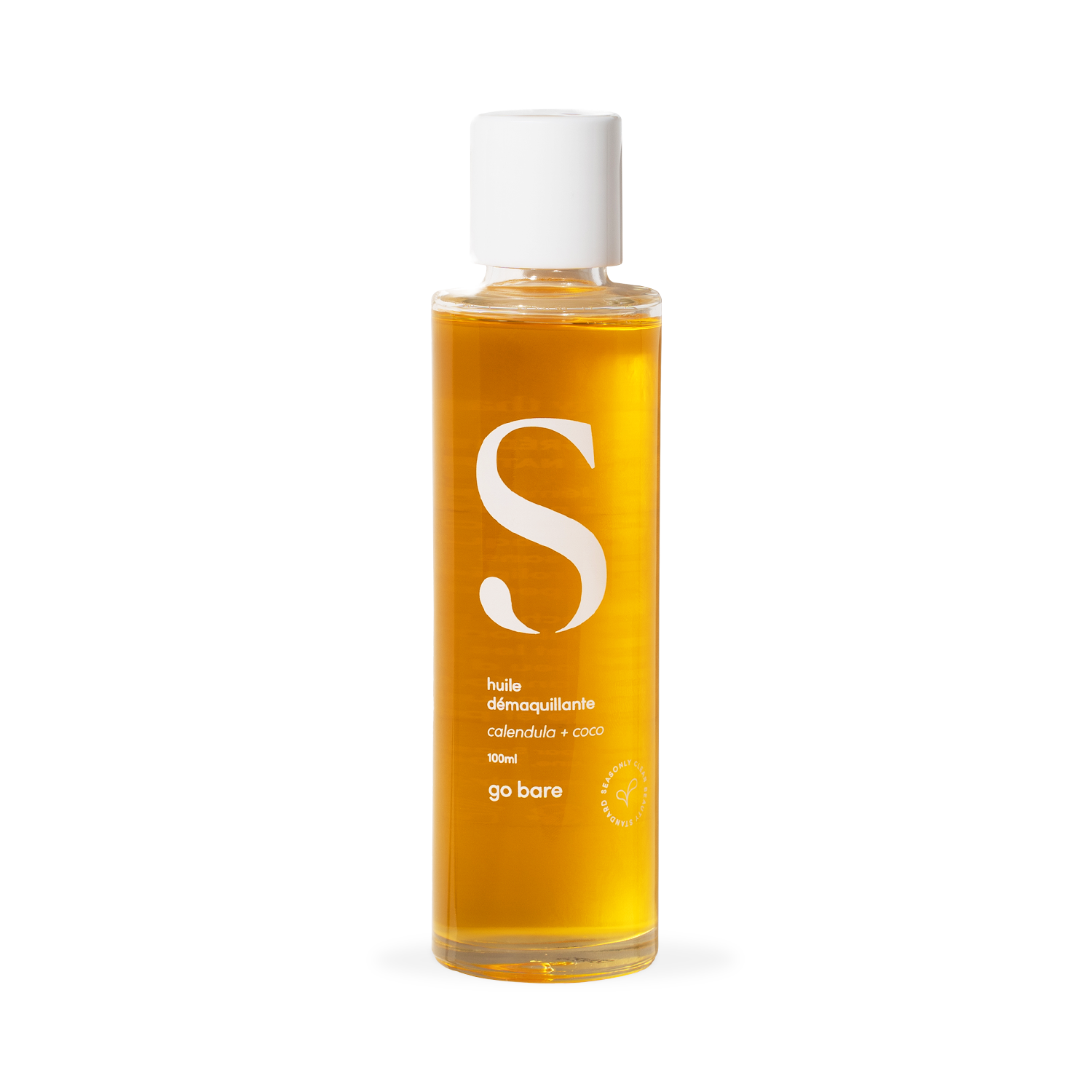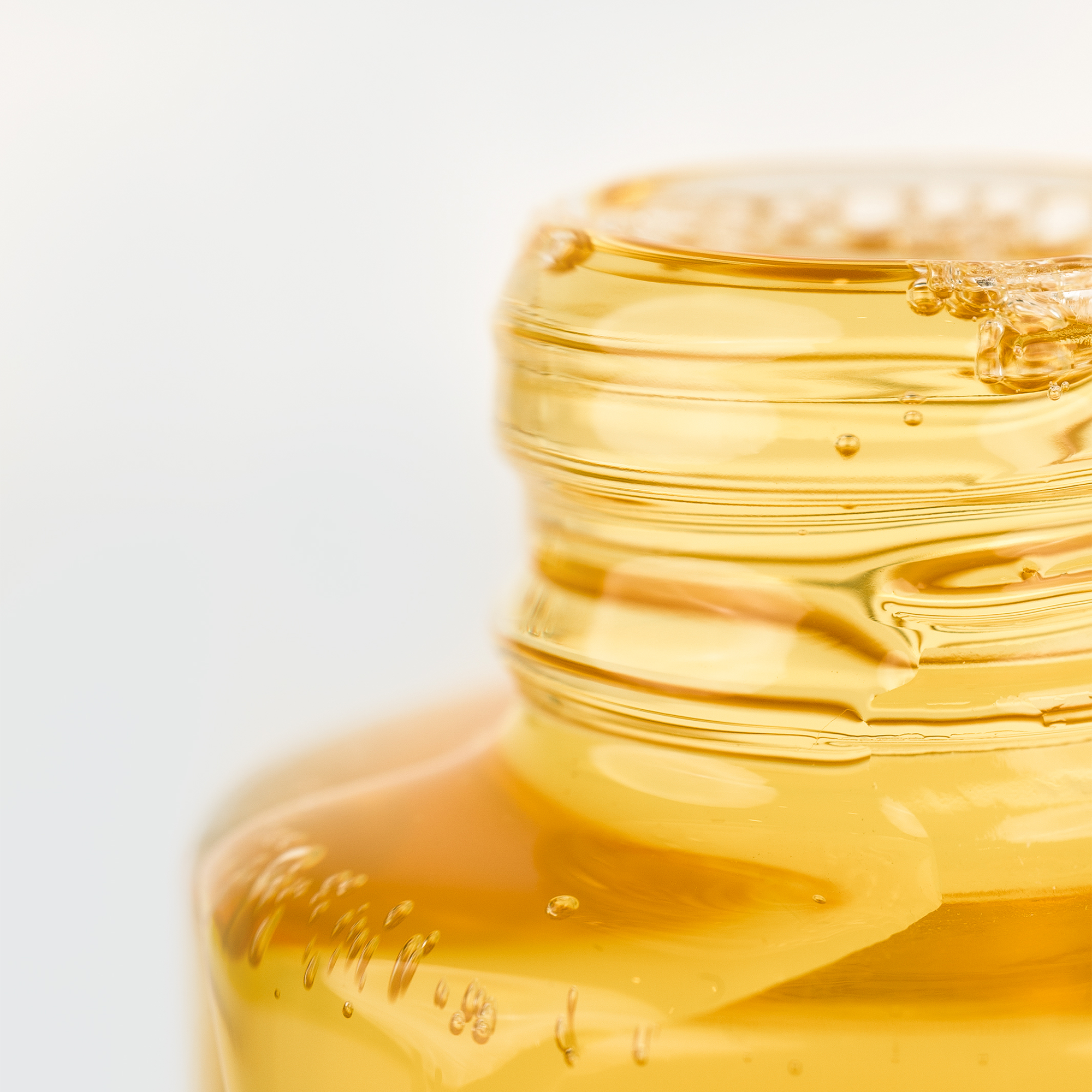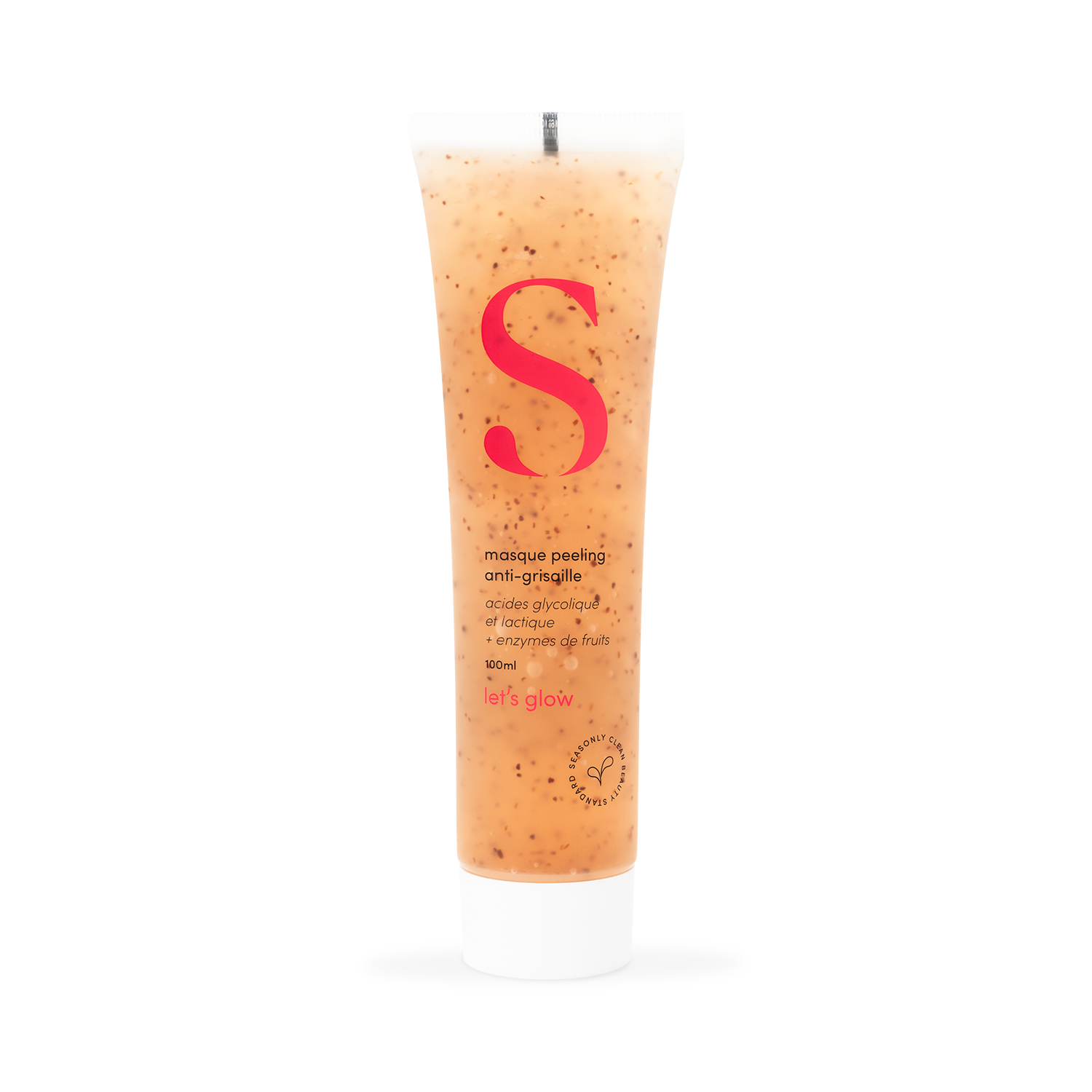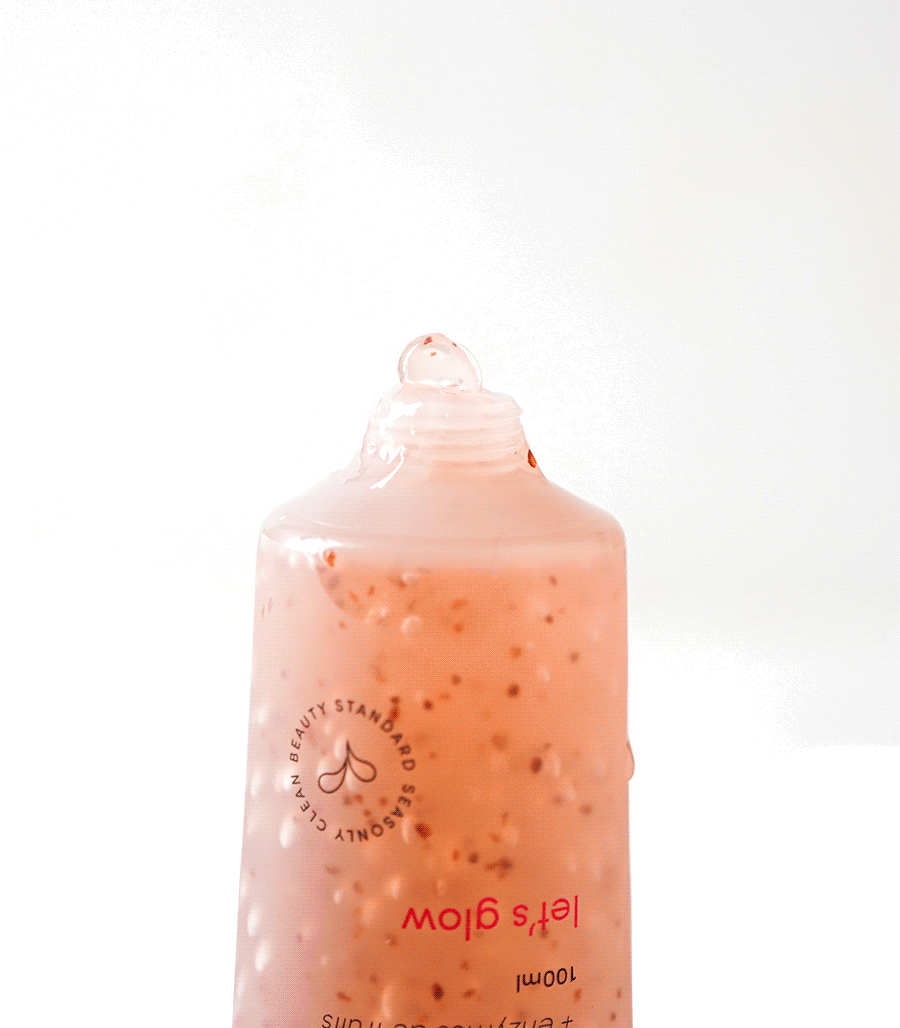The best active ingredients for hyperpigmentation
Hyperpigmentation, that capricious skin disorder, affects millions of people around the world. Its causes are multiple: sun exposure, hormonal changes, and inflammatory processes can all play a role. Depending on the cause, pigmentation can manifest itself in a variety of ways. Sunspots, for example, appear as small brownish marks on areas frequently exposed to the sun: the forehead, upper cheeks, and nose. Melasma, on the other hand, results in localized dark areas, especially on the upper lip, forehead, and cheeks.
Melasma is mainly triggered by hormonal fluctuations, but it is intensified by external factors such as light and heat. Post-inflammatory pigmentation, often a consequence of inflammation, is characterized by a dark spot surrounded by a red or purple halo. Faced with this variety of manifestations, choosing the right treatment can be a challenge. Understanding the mechanisms of active ingredients and their targeted action will help you effectively navigate the world of hyperpigmentation solutions.
Melanogenesis
To understand the effectiveness of ingredients against hyperpigmentation, it is crucial to understand the process of melanogenesis. This mechanism goes far beyond simple coloring; it shapes the color of our skin, hair, and eyes while playing a vital protective role in our overall well-being. Melanogenesis is a complex orchestration involving cells, enzymes, and molecules that work together to regulate the production of melanin. Skin color is essentially dependent on the quantity, quality, and distribution of this melanin.
Human skin contains a constant number of melanocytes, the cells responsible for pigment production, regardless of skin tone. In the basal layer of the epidermis, there is approximately one melanocyte for every 30 to 40 keratinocytes. Melanogenesis is finely regulated by internal factors such as hormonal signals, genetics, and cytokines. However, external influences such as sun exposure, pollution, or certain medications can stimulate melanogenesis excessively, contributing to hyperpigmentation disorders.
Causes of melanogenesis
To explain: melanogenesis begins to take a turn when the skin is faced with threats such as UV rays, hormonal fluctuations or inflammation.
The keratinocyte then releases melanocyte-stimulating hormone (MSH), which binds to a specific receptor on the surface of the melanocyte. This activation triggers the enzyme tyrosinase, a key component in the manufacture of melanin.
Inside the melanocyte, tyrosinase converts the amino acid tyrosine into L-dihydroxyphenylalanine (L-DOPA). L-DOPA then undergoes further oxidation, producing dopaquinone, the precursor to melanin.
This melanin can be expressed as eumelanin, with shades of brown and black, or as pheomelanin, enriching the red and yellow hues typical of Fitzpatrick type I skin. The pigment thus formed is housed in melanosomes, specialized organelles that encapsulate melanin. These melanosomes are then transported to the keratinocytes via the dendrites, the elegant extensions of the melanocyte. They are arranged to protect the nucleus from external aggressions.
Assets to adopt urgently
Niacinamide
Niacinamide, or vitamin B3, is a hot active ingredient in the skincare world right now, especially for its lightening effect. It works by blocking the transfer of melanosomes, thus reducing the amount of melanin in the skin and lightening the complexion. In addition, it inhibits tyrosinase, the key enzyme in melanin production.
But that's not all! Niacinamide also strengthens the skin barrier by boosting the production of ceramides, essential lipids that maintain hydration and protect the skin. It thus improves the skin's resistance to external aggressions. In addition, its antioxidant properties help protect the skin from oxidative stress and reduce inflammation, which helps keep pigmentation under control.
Vitamin C
Vitamin C, or ascorbic acid, is a powerful antioxidant for combating hyperpigmentation. By neutralizing free radicals generated by UV rays, it protects the skin from damage and limits pigment production. It also acts as a tyrosinase inhibitor, thus slowing down the formation of melanin.
In addition to its brightening powers, vitamin C converts dopaquinone into L-dopa thanks to its antioxidant properties. It also boosts the production of collagen and elastin, improving skin texture. For optimal sun protection and skin repair, incorporating vitamin C into your daily routine is essential.
Bakuchiol
Bakuchiol, derived from the seeds of the Babchi plant, is a natural alternative to retinol for treating hyperpigmentation. It works by inhibiting the enzyme tyrosinase, which is key in the production of melanin, which helps reduce dark spots and even out skin tone.
By stimulating cell renewal, Bakuchiol eliminates superficial pigmented cells, while soothing inflammation and improving skin texture. Its richness in antioxidants also protects against oxidative stress, preventing the appearance of new spots. Gentle and generally well tolerated, Bakuchiol offers an effective and less irritating solution.
Tranexamic acid
Tranexamic acid, a synthetic derivative of the amino acid lysine, was first used for conditions such as heavy menstrual bleeding and melasma. Today, it is proving to be an effective treatment for hyperpigmentation when applied topically.
What sets tranexamic acid apart from other skin lightening agents is its unique mode of action. It inhibits the production of plasmin, an enzyme involved in the breakdown of fibrin in blood clots. This enzyme is also linked to the production of melanin, particularly in response to UV and inflammation.
In addition to its anti-inflammatory properties and role in preventing melanocyte activation, tranexamic acid improves skin texture, promotes collagen synthesis, and boosts microcirculation. It is a great option for those looking to fade hyperpigmentation while addressing signs of aging.
Arbutin
Arbutin is one of the most popular skin lighteners in the world. This natural compound is found in the dried leaves of plants such as bearberry, blueberry, and cranberry. Arbutin, like many skin lighteners, is an inhibitor of tyrosinase, the key enzyme in melanin production. It also blocks the oxidation of L-DOPA to dopaquinone, a crucial step in pigment formation.
Research suggests that arbutin can also fade existing pigmentation by breaking down melanosomes. In addition to its lightening properties, it has antioxidant and anti-inflammatory effects, providing additional protection to the skin. Arbutin combines particularly well with vitamin C for a bright, even complexion.
Azelaic acid
Azelaic acid, a dicarboxylic acid naturally found in wheat, rye, and barley, is a versatile ally against hyperpigmentation. It works in several ways to brighten skin tone. First, its anti-inflammatory properties help prevent pigmentation caused by inflammation. Additionally, it inhibits tyrosinase, reducing melanin production.
Particularly effective for those suffering from post-acne hyperpigmentation, azelaic acid also has antimicrobial effects that help regulate acne breakouts. By combining these benefits, it offers a complete solution for a more even skin tone and clearer skin.






